Let’s start with this truth: I have impaired hearing.
In a perfect world — like a soundproof booth with zero distractions — my regular hearing test shows I catch about 64% of speech sounds. That’s what they call impaired hearing — when you can’t detect sounds within the normal hearing range.
Even mild loss scrambles how your brain tries to understand speech, especially with background noise, loud sounds, or when you’re in a noisy environment.
But I don’t live in that booth.
I live in the real world — a world of squealing chairs, kids whispering while I try to teach fractions, a copy machine that feels like it’s screaming right into my auditory cortex.

My Hearing Problems Are Only Part of Who I Am
I’m a special education teacher, a single mom, and a small business owner. I juggle IEP meetings and school fire drills while my inner ear, fragile hair cells, and tired hearing nerve try to catch what they can — maybe 50% on a good day.
Yet, I don’t sound like I have hearing loss. That surprises people, even the internal medicine doctors who see my charts. But you don’t have to sound deaf to miss half of life’s moments.
I am a master lip-reader.
That’s what sensorineural hearing loss does: the hair cells in my inner ear are damaged, so sound waves don’t always make it to the auditory nerve or the cochlear nerve intact.
Add in background noise, too many voices at once, or loud noise at a pep rally? I lose so much.
My students love testing it. “Let’s whisper across the room,” they say. “See what Ms. Lybeck hears.”
Spoiler: I’m not hearing. I’m decoding syllables, eyebrow twitches, and lips. I’m playing charades with sound vibrations. It’s exhausting.
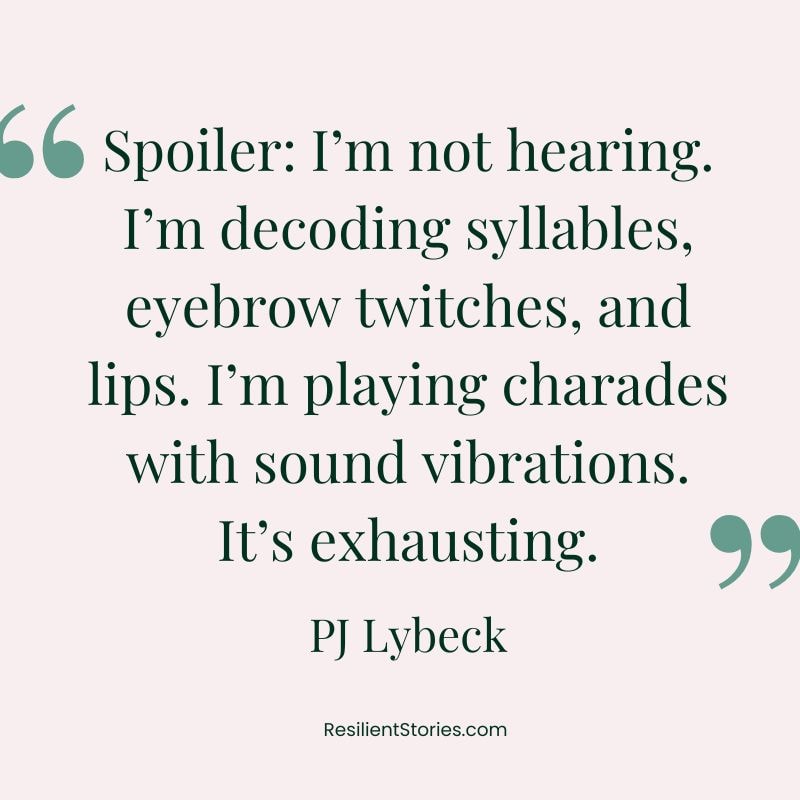
How Hearing Loss Happens
People ask, “What are the real causes of hearing loss?” The answer? Plenty.
Some people are born with it — things like low birth weight, family history, or infections in pregnancy.
Some lose it over time — that’s called age-related hearing loss, which can sneak up with gradual hearing loss over decades.
Then there’s noise-induced hearing loss from a lifetime of exposure to loud noise — concerts, power tools, fireworks, lawnmowers without ear protection.
The outer ear, middle ear, inner ear, and ear canal all play a role.
When one part breaks down, you end up with conductive hearing loss (blockage in the middle ear or ear canal — think fluid or infection), sensorineural hearing loss (damage to nerves or hair cells in the inner ear), or the jackpot: mixed hearing loss, which is both.
Some people experience sudden hearing loss — they wake up one day and the world is muffled, gone. It’s terrifying.
In my case, those tiny hair cells are fried.
Once they’re damaged, you have permanent hearing loss. You can’t regrow them or just restore hearing. You have to manage what’s left with hearing aids, cochlear implants, or tools like sign language.
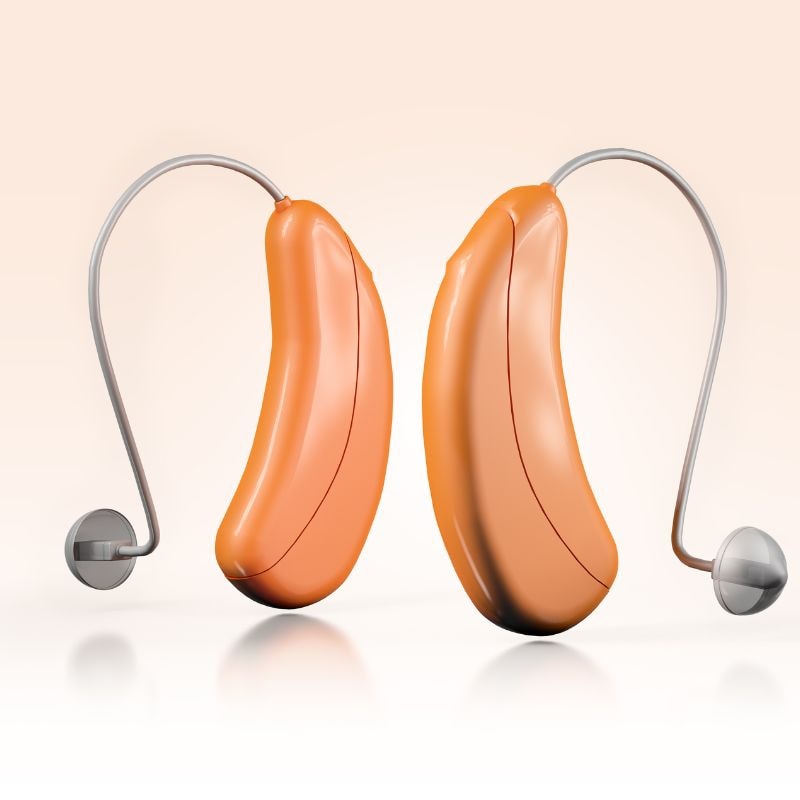
How It Feels, What It Costs
At 18, I failed my hearing test during my first semester of college. I was struggling to hear lectures over the hum of projectors, students coughing, and my own anxious heartbeat.
When they told me I had moderate sensorineural hearing loss, I didn’t even know what that meant.
But my dad’s union insurance covered my first pair of hearing aids. They were clunky by today’s standards, but they were lifelines.
They helped me hear the teacher over background noise, notice my name was called, and catch instructions before the world moved on without me.
Seven years later, they broke. And when I went to replace them, my teacher’s insurance said hearing aids were “cosmetic.”
Like a nose job or Botox. To this day, many private insurers categorize hearing devices alongside elective plastic surgery. It’s absurd.
And it’s not just me. Millions — from babies born with congenital hearing loss, to teenagers blasting loud music, to older adults facing age-related hearing loss — run into the same wall: Hearing loss occurs, but insurance acts like we chose it.
The Real Price of Hearing
These days, I’m trialing a pair of high-tech, rechargeable, Bluetooth-enabled hearing aids that connect to my phone, laptop, and TV. They help me hear high-pitched sounds, warning beeps, whispered “I love yous,” and the classroom chaos that could so easily slip by.
They don’t block out loud noise, but they help my brain sort it better. They fight my sensorineural hearing loss every day.
The cost? $8,500.
Let me say it again: EIGHT. THOUSAND. FIVE. HUNDRED. DOLLARS.
I’m a paycheck-to-paycheck mom — one of countless teachers, single parents, and older adults who can’t scrounge up that kind of money.
So what do we do? We go without.
Or we settle for cheaper aids that don’t really fit our types of hearing loss, like buying flip-flops for a blizzard.
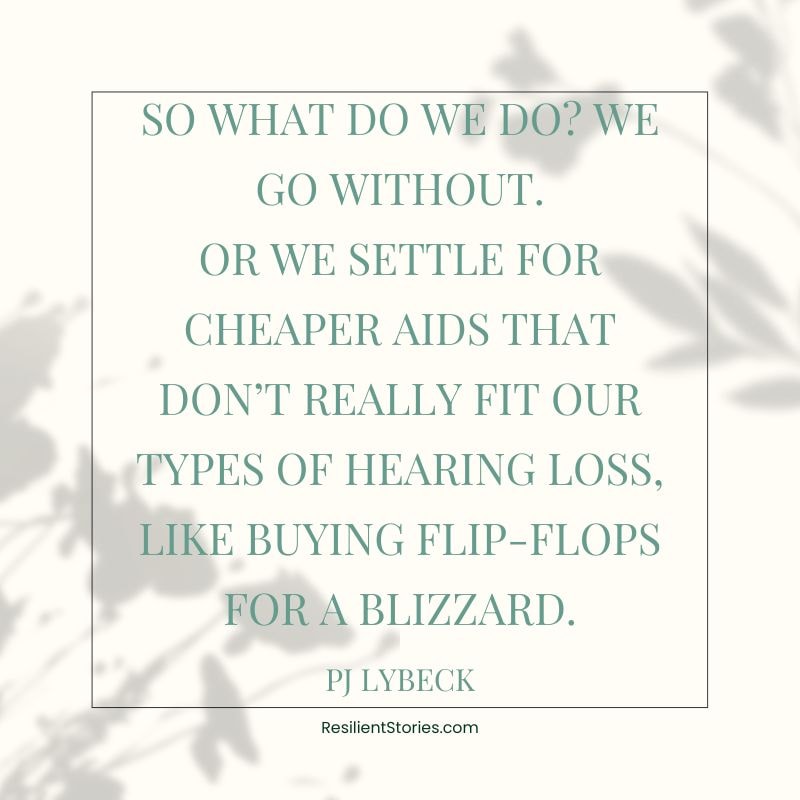
If I went with the “next pair down,” it would cost $7,400 — still Bluetooth, still pretty good for my profound hearing loss — but if Voc Rehab won’t help, I don’t know how I’d cover even that.
Belize, Boats & Voc Rehab
This past March, I traveled to Belize with a group of women. We bounced from island to island by boat — no ferry schedules, just directions whispered in dialects I couldn’t catch.
I needed friends to translate spoken language into clear words. It wasn’t even a different language — it was just accented English. That’s what trouble hearing looks like in the real world.
One woman, an angel disguised as a fierce travel buddy, asked if I’d ever tried Vocational Rehabilitation. I told her I had — in my 20s.
They turned me away because I was “functioning” and employed. They didn’t care that my developing hearing loss was making me miss half my life.
This time, I applied again. Now, my hearing clinic — which partners with Voc Rehab — is letting me wear these demo aids while we wait, about eight weeks, for a decision.
Will they cover 100%? I don’t know.
If they don’t, I’m stuck — because over-the-counter models aren’t designed for my level of loss, and anything cheaper means disposable batteries, more audiologist appointments, and more risk that my permanent hearing loss will leave me more isolated than ever.
Two Weeks of Demo Drama: The Real Experience Of Fixing My Impaired Hearing
Here’s what two weeks with demo hearing aids looked like in my real life:
Day 1: I can hear my fridge humming. The cat chewing. I swear I can feel sound vibrations in my skull. Magic or horror film? I’m overwhelmed but amazed.
Day 2: The Audiologist told me to turn them down. Still too much loud noise. Yanked them out halfway through the day like a kid refusing broccoli.
Day 3: Learned my kids fight way more than I thought. They say they always did — I say I have proof now. Also, I can hear every TikTok echo from three rooms away. Not always a perk.
Day 5: One got tangled in my dreads. Again. Needed my daughter for a rescue mission. Hair and hearing aids — a daily battle.
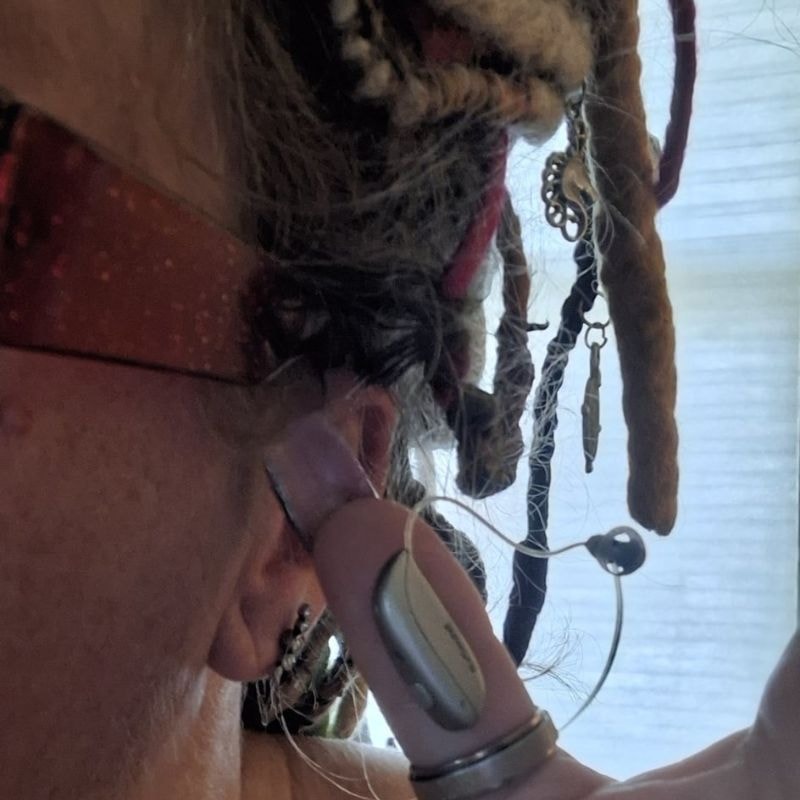
Day 6: A Stranger stared at me in the store. Maybe because I answered my phone without touching it. Maybe they just wondered why my hair swallows my hearing aids whole. Who knows.
Day 8: The Bluetooth connected late. Alexa screamed into my head at jet engine volume. Nearly threw my coffee across the kitchen. I wonder how many people get sudden hearing loss from tech glitches. (Just kidding — but ouch.)
Day 9: The doorbell rang so loud I ducked like a bomb went off. The kids found this hilarious. My auditory cortex was not amused.
Day 11: Forgot I was wearing them. This is the goal: quiet, functional, safe. The kind of hearing technology that just works.
Day 12: The dreads tried to win again. But I fought back with clips and sheer stubbornness. Small victory.
Day 14: Finally, I heard my kids whisper instead of guessing from vibes. Sometimes understanding speech is the real jackpot.
Why Increasing Your Hearing Threshold Matters
When people dismiss hearing loss as minor, they overlook how it rewires your brain. Unaddressed hearing loss increases the risk of cognitive impairment.
Kids can fall behind in spoken language, reading, and confidence. Adults — especially those with gradual hearing loss — retreat socially. They miss jokes, directions, warnings, the “I love yous” that matter most.
And impaired hearing is not rare. Hearing loss occurs everywhere — kids with chronic ear infections, factory workers exposed to loud noise, musicians bombarded by loud music, and older adults navigating age-related hearing loss.
That’s why ear protection, occupational safety, and smart public health measures are so important.
What Needs to Change
• Insurance must cover hearing aids, cochlear implants, and real hearing technologies — not dismiss them as cosmetic.
• We need routine hearing tests to catch developing hearing loss before it isolates people.
• Schools and workplaces must protect the outer ear, middle ear, and inner ear from preventable damage.
• More over the counter options should exist, but they need to match different types of hearing loss — not just one-size-fits-none.
• Let’s normalize sign language, ear protection, and checkups that help prevent hearing loss from birth to old age.
• And let’s do it for everyone — from babies born with profound hearing loss to grandparents whose hearing fades one decibel at a time.
So Here’s the Bottom Line About Impaired Hearing
I’m not asking for a luxury. I’m asking to hear — to be safe, to be a better teacher, mom, friend, human.
I’m fighting for the student with moderately severe loss, the factory worker at risk for noise-induced hearing loss, the grandparent facing age-related hearing loss, and the baby born with fragile hair cells that need protecting.
Hearing loss isn’t optional.
Hearing aids aren’t cosmetic.
We don’t need louder voices.
We need people to truly listen.

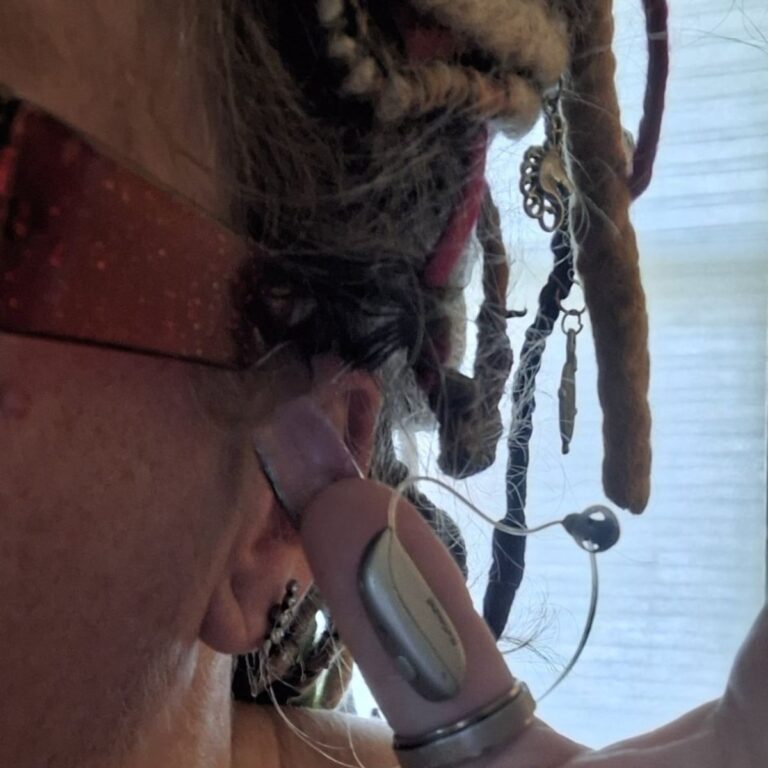
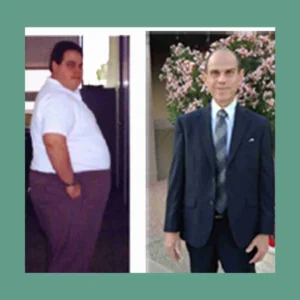

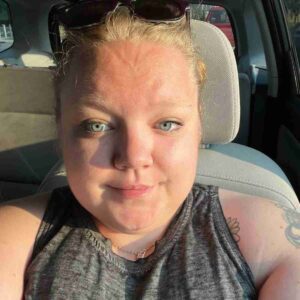

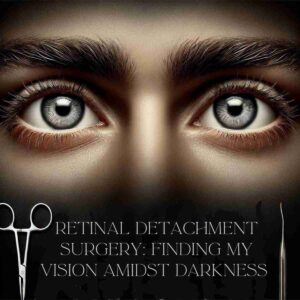
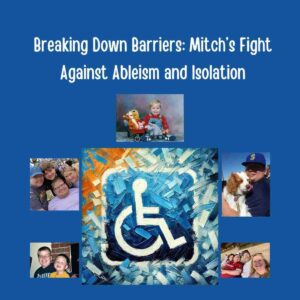


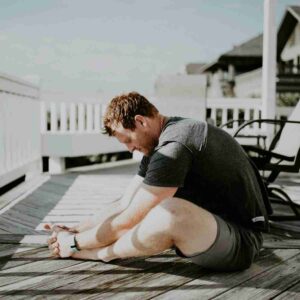
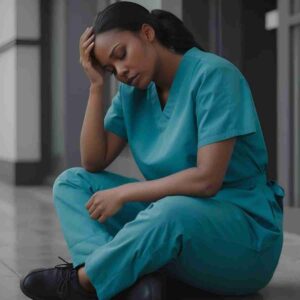
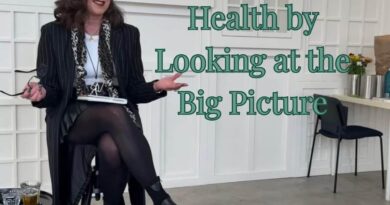

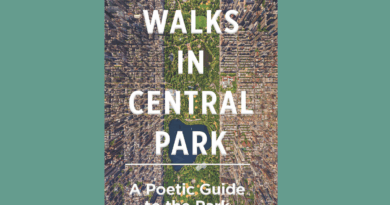
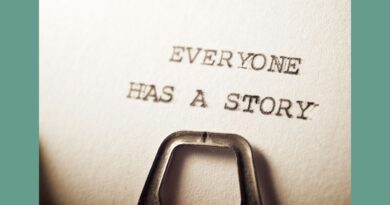









0 Comments